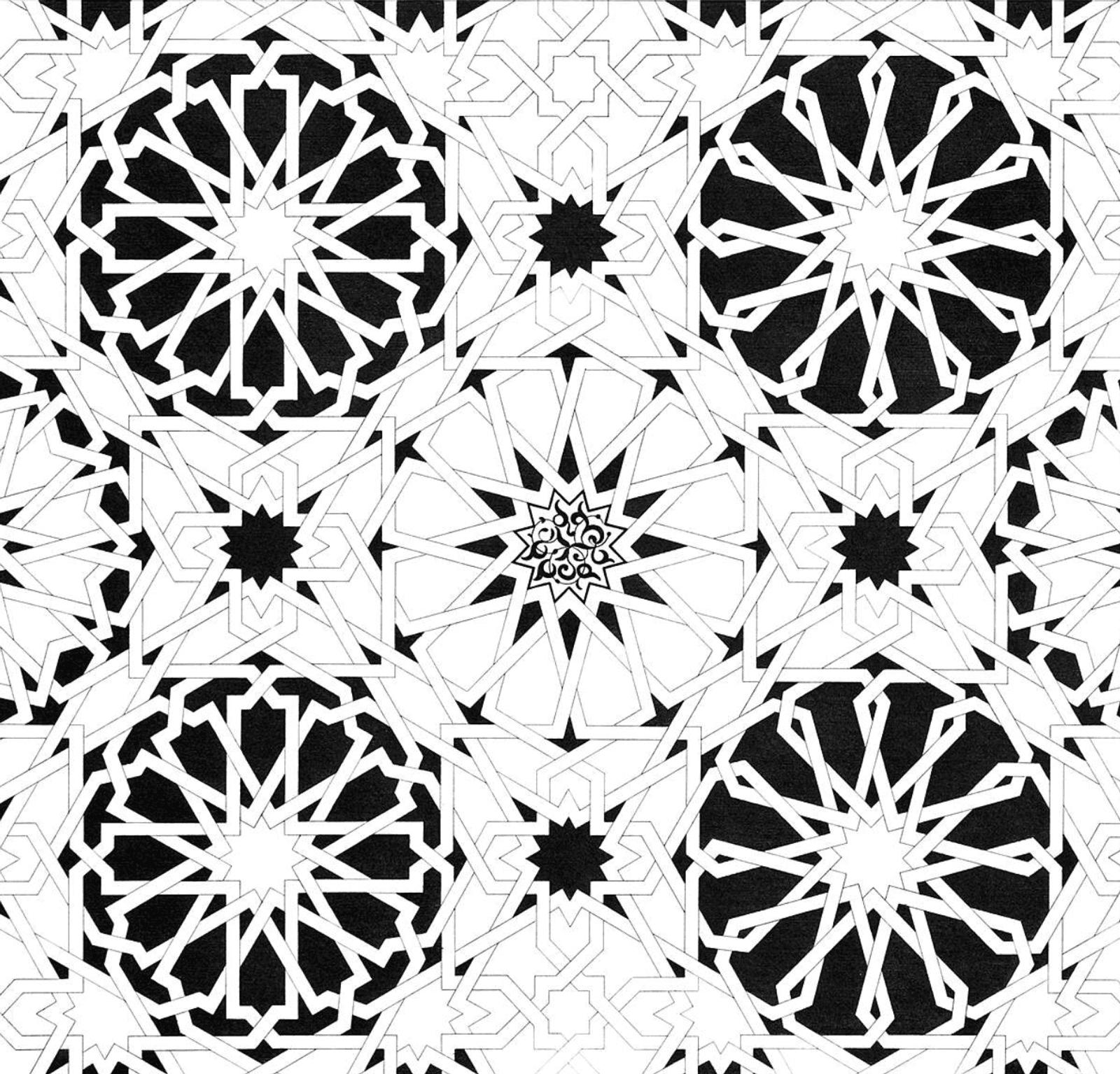Carino Hodder is a Dominican Sister of Saint Joseph based in the New Forest in England.
The case of Father Marko Rupnik, accused of the psychological and sexual abuse of multiple religious sisters over the course of three decades, has prompted a discussion in the Church about the relation between sacred art and the sanctity (or otherwise) of its artists. Is it right to display art in consecrated places whose creator has a “sexual obsession [which] was not extemporaneous but deeply connected to his conception of art and his theological thought”? If the Church were to commission a process of synodal listening on the matter, it would likely find that the answer to which we have all been journeying together in missionary faith is a huge and resounding “no.” But beneath the issue of art and artists, the Rupnik case presents us with a yet more fundamental question: one concerning the role of Catholics who exercise charisms in the life of the Church, and the communities in which they are formed.
First of all, some distinctions. The point of describing Father Rupnik’s—or anybody’s—artistry and craftsmanship as a charism isn’t to pay a pious compliment. It is to make a crucial distinction between categories of grace. Charisms are gracious, of course, but they are not included in the sanctifying grace given to every single Christian in baptism, the grace necessary for each one of us in our journey to holiness. Instead they are particular gifts which God gives to some but not all in the Church, intended to help build up the Body of Christ in specific ways. Charisms aren’t unrelated to sanctifying grace, but the relation is first and foremost with the sanctifying grace of others: they are for the increase of faith, hope, and love in the life of the Church more broadly. In short, charisms are for the Church, not the individual.
What this means is that it is perfectly possible—not normative, but possible—for a charism to operate entirely in the absence of sanctifying grace. To quote the former Congregation for the Doctrine of the Faith in 2016, “The exercise of the more visible charisms . . . can unfortunately co-exist with the absence of an authentic relationship with the Savior.” Or, as a sister of the recently dissolved Loyola Community might put it, the ability to make beautiful mosaics can co-exist with a thirty-year campaign of sexual and psychological violation against women.
There might be times in the life of the Church where this distinction between charismatic activity and personal holiness stays on the level of an interesting thought experiment. The twenty-first century is not one of them. There are, I think, two reasons for this. The first is, very simply, our ever-growing intolerance for scandal and misconduct within the Church. But the second is the particular way in which we now understand our mission to evangelize.
The contemporary Church tends to emphasize both the evangelistic power of the personal witness of the faithful and, at the same time, of the art and culture which they create, through the exercise of charisms, in the service of the kingdom. We may not all have read Evangelii Nuntiandi, but we have understood and imbibed Saint Paul VI’s teaching that “modern man listens more willingly to witnesses than to teachers”; we know that personal holiness is perhaps the most convincing argument for the Gospel any of us can make. Nevertheless, we also recognize that this same Gospel can be brought to as wide an audience as possible through art: good Christian movies, music, crafts and pictures—even mosaics—made through the operation of charismatic grace. We are committed to both. But when the Church presents these two aspects of evangelization to us—the witness of personal holiness on one hand, and the operation of culture-forming charisms on the other—it does not always explain the relationship between the two. It is right and good to ascribe importance to both, but we cannot do so on the assumption that they will always be present together. After all, there is absolutely no guarantee, in Scripture or in Tradition, that they will.
Nevertheless the distinction between a charism and the sanctity of the one possessing it need not become the horrifyingly vast gulf which it apparently has for Father Rupnik. The Rupnik case is not “just what happens” when a Christian exercises a charism on a large scale. On the contrary, it takes a particular type of Christian community to produce a person who believes that the exercise of his particular charisms elevates him above the basic demands of Christian charity. There are various ways to describe such communities: closed-off; self-referential; lacking any impetus to conversion; but it is best, I think, to simply call them corrupt.
A corrupt Christian community need not necessarily be a religious house. It might be a seminary, a diocese, or a lay association. Whatever it is, the harm which such a community can potentially inflict on the faithful is—as the Church is learning, continually and painfully—immense. And one of the most obvious and destructive symptoms of such corruption, I would argue, is what appears to have happened in the case of Father Rupnik: the magnification and pursuit of charismatic activity at the expense of, or even as a substitute for, personal virtue.
The fundamental question of the Rupnik case is not what we should do with his mosaics. It is, instead, what role we should give to charisms in the life and mission of the Church, and how we can prevent their becoming untethered from personal holiness. The answer will be found in how we deal with corruption, or the threat of corruption, in whatever Christian community—be it clerical, religious or lay—in which we live: to grow in virtue, and evangelize.




